I swear by the ‘ETC’ method to prevent clutter and save money – my expert-backed checklist is transformative
Now I Edit The Cart and save time, money, and energy
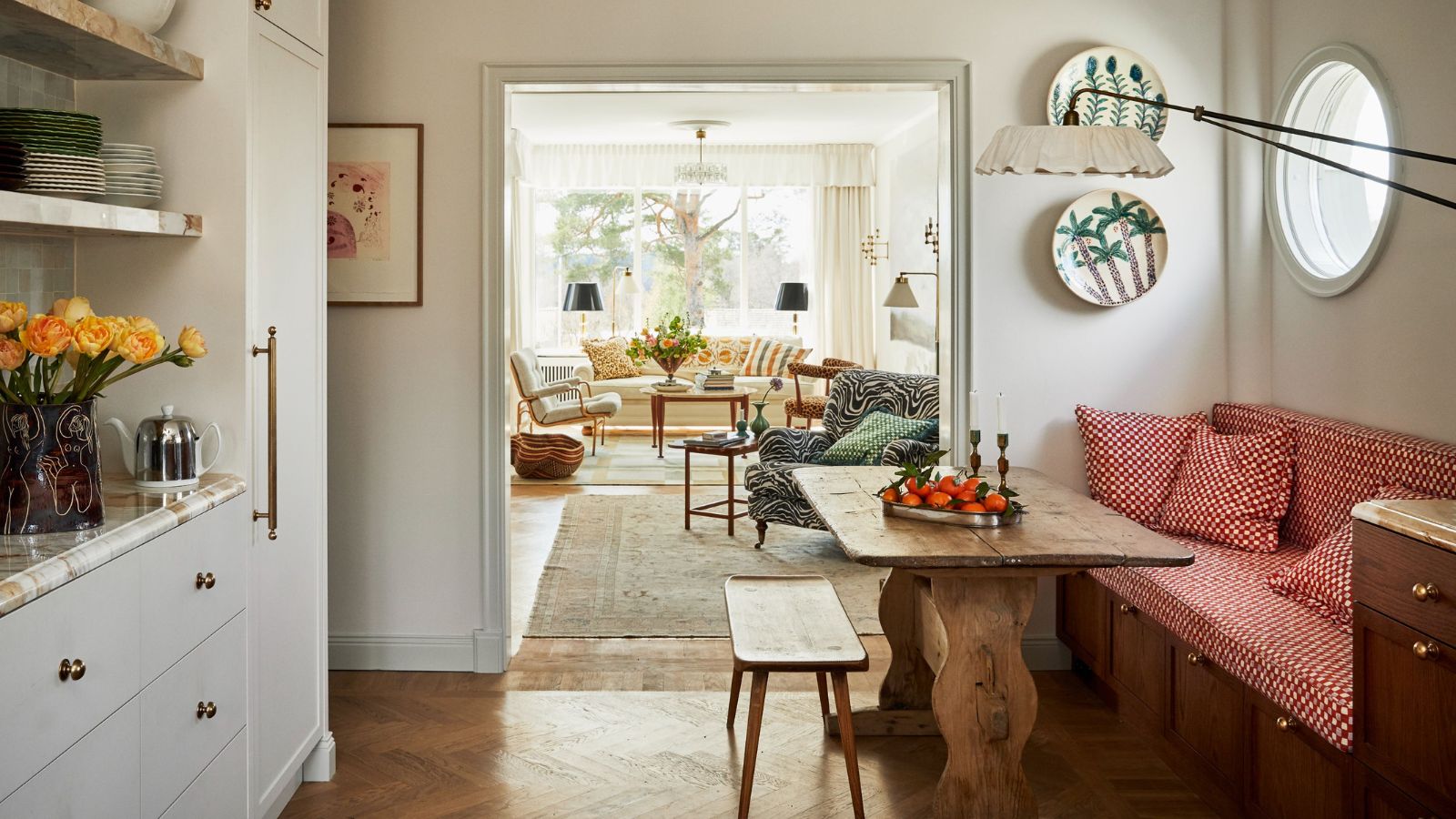
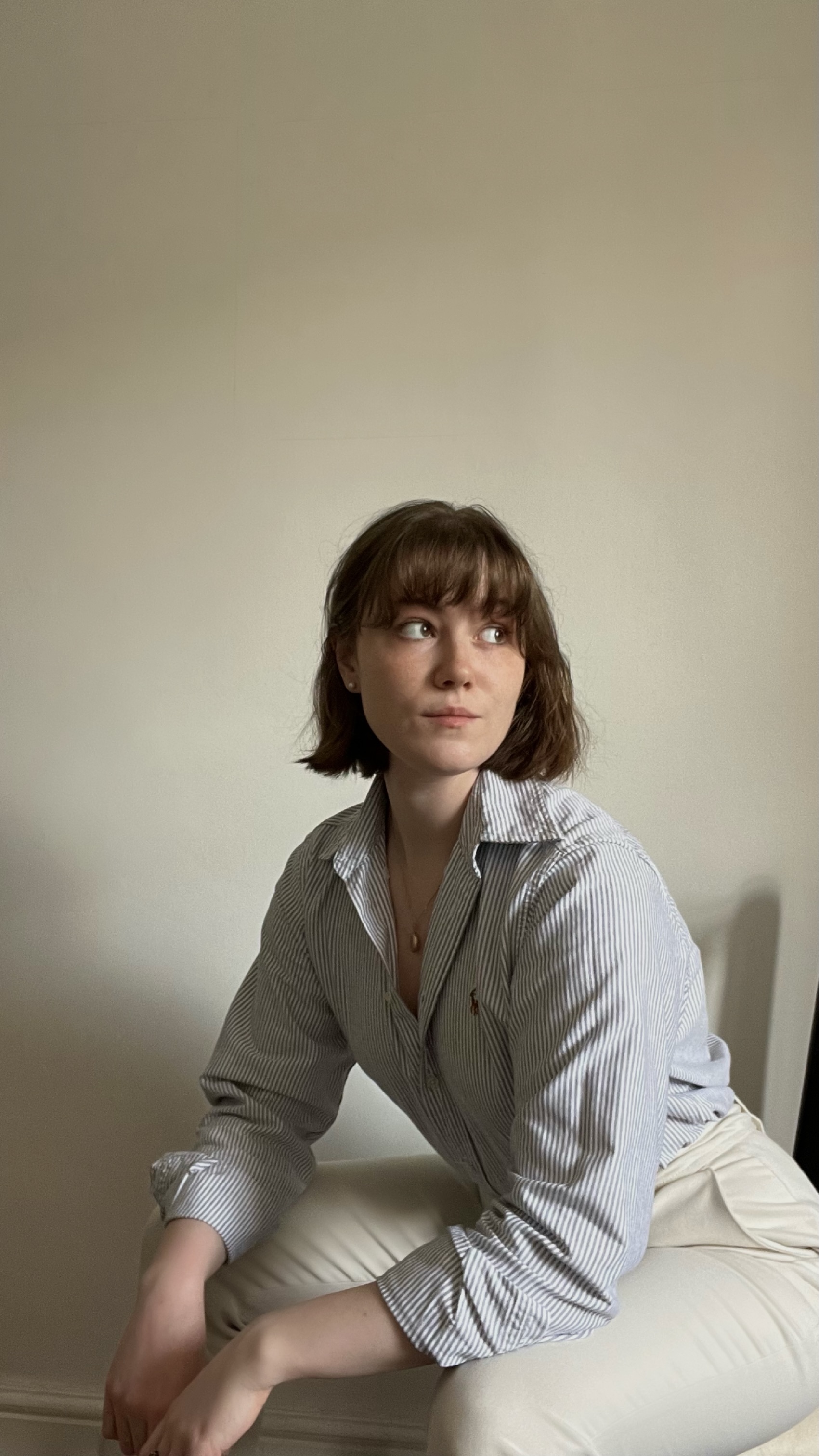
In recent years, I've become a chronic impulse shopper. What typically starts as casual window shopping often turns into actual shopping, creating excess clutter all over my home.
Now, to save money, reduce my impulse shopping, and reduce the volume of belongings coming into my home, I’ve created a pre-shopping checklist – also known as the ‘Edit the Cart’ method – that every potential purchase must pass before I take the plunge.
Here, I break down the vital criteria of my ETC method, and experts share their tips for stopping clutter before it starts.
What is the ETC Method and how does it help with clutter?
Much like the questions to ask before buying anything, the ETC method puts several barriers in place to reduce the chance of a ‘clutter' item making it to checkout and through your front door.
For me, the ETC method includes four steps, and it has been invaluable for saving money at home and reducing my reliance on decluttering methods to find storage space in my home.
1. It has to improve a current problem
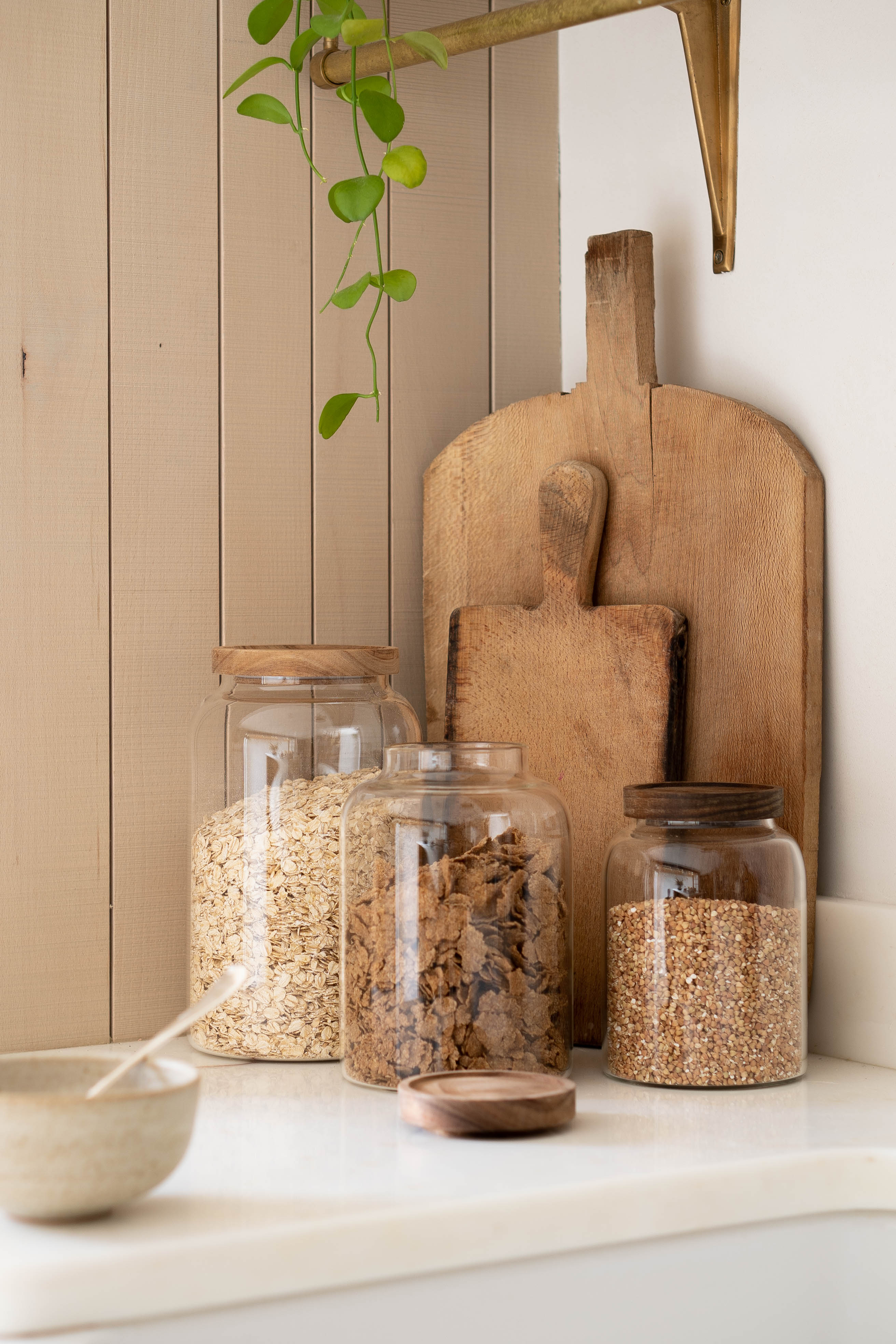
A great example of an item that now passes my ETC is glass food storage. It helps food last longer and reduces the risk of toxins leeching into food.
The top priority on my 'Edit the Cart' checklist is that the item I'm buying must provide a solution to an existing issue. This could be a major issue, such as needing to replace a broken storage idea to maintain home organization, or adding dinner place settings for a larger hosting event.
Shopping in this way means I use the items I buy far more often, reducing the number of things (especially clothes) that end up only collecting dust.
This is a shopping principle that professionals also love. Aprille Loney, professional home organizer and owner of Perfectly Organized always asks herself, ‘Will my life improve if I buy this item? If the answer is yes, consider how it will improve your life. If the answer is no, you need to consider if it is worth your time and money.’
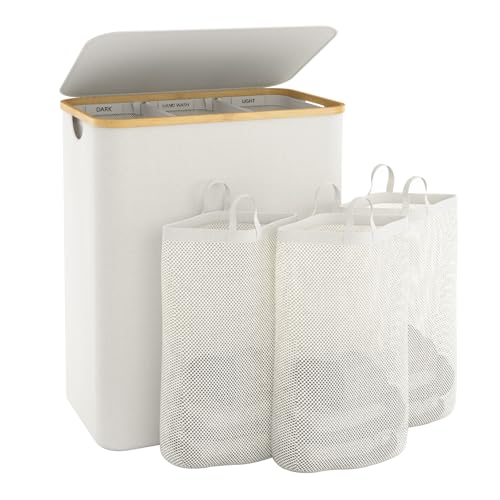
My split laundry basket fixed a daily problem. My old laundry hamper was broken, and sorting laundry was a hassle. This pre-divided hamper made sorting clothes for laundry simple while preventing piles on the floor.
 Two sizes
Two sizes
Storage baskets have solved so many problems for me, from storing essentials that were otherwise creating visual clutter on a shelf to creating drop zones for items I can tidy up when I have time.
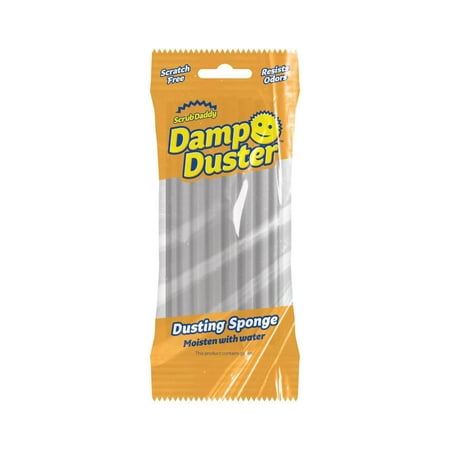
I admit that I first picked up the Damp Duster as an impulse purchase when I was standing at the checkout. I was intrigued to see if it actually worked, and it paid off. I have since bought two more as they solved my constant dust problem.
2. Organic finds vs influenced items
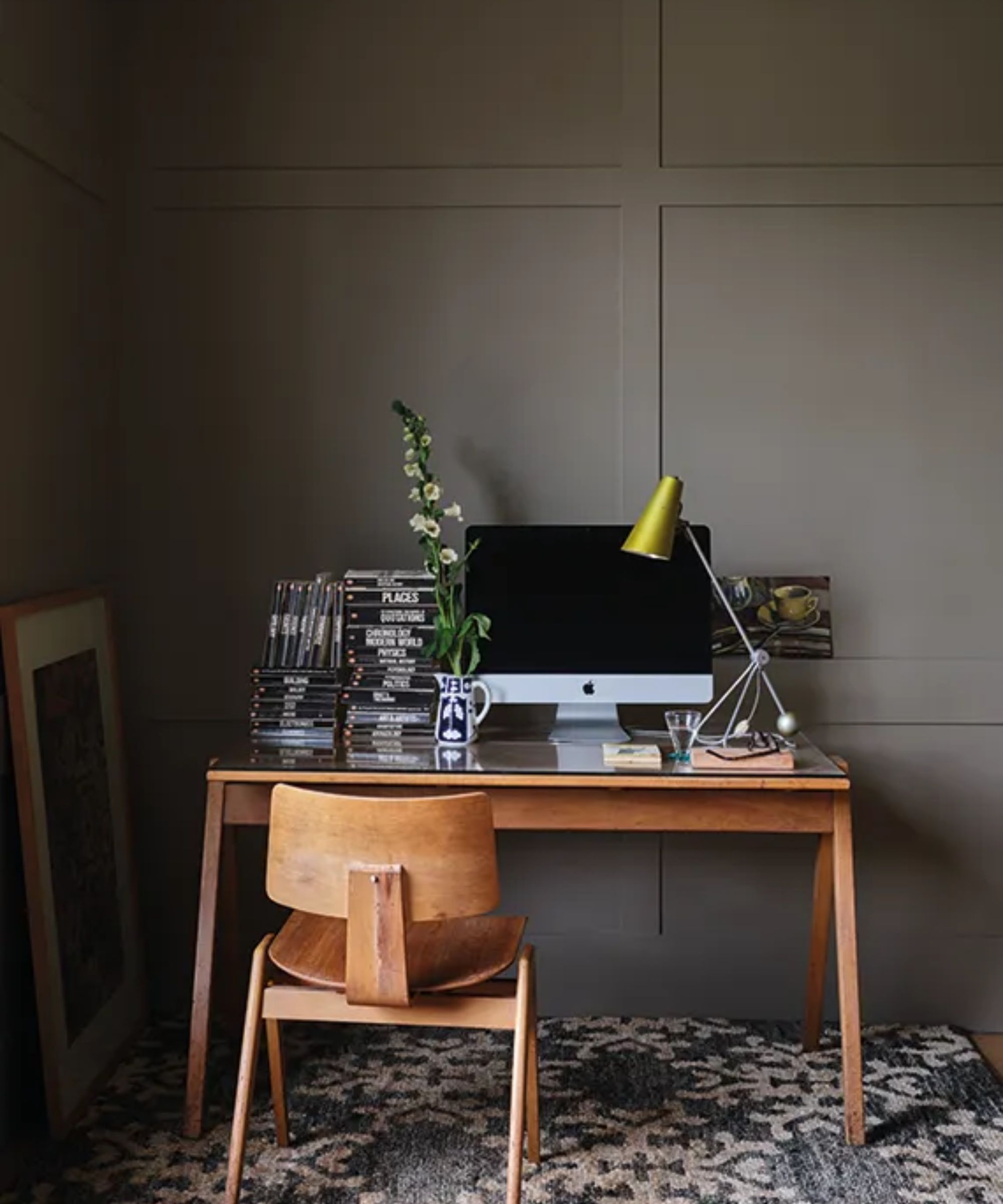
Unsubscribing from digital newsletters and limiting time on social media helps reduce my influenced purchases.
We are constantly being influenced. In the modern world, it is unavoidable, and it is not always a bad thing. Sometimes I watch a TikTok and discover an item that truly changes an aspect of my life, other times, however, I find myself gravitating towards items that I would never think twice about had I come across it on a store shelf by chance.
So, before I hand over my card, I work out if it is an organic find, or an influenced choice. This is a psychological reason clutter builds at home that can be hard to break, however.
Emily McDermott, decluttering coach, podcast host of Moms Overcoming Overwhelm, and blogger at Simple by Emily explains, ‘Due to the amount of ads we see daily and the number of promotional e-mails we receive about sales, there is a constant opportunity presented to purchase something. These scarcity cues are everywhere – countdown timers for sales on our e-mails or the retailers' website, having a limited amount of product, leveraging FOMO (the Fear of Missing Out) when it comes to how something is marketed.
‘So, if you find yourself being influenced by an Instagram influencer, ask yourself if the item aligns with your values or vision for a clutter-free life? It might also mean that you unsubscribe from retail e-mails, stop going into stores if you don’t need to, and pick a new way to spend time with friends instead of shopping as a social activity.’
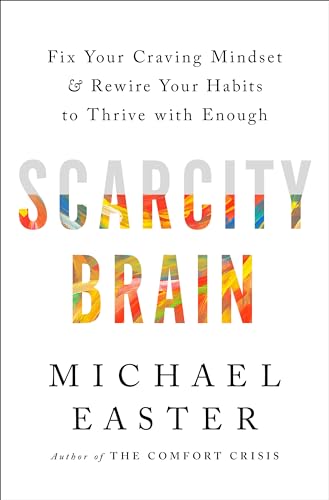
Have you ever found yourself wondering “Why do I want more than I have?” Michael Easter, author of The Comfort Crisis and one of the world’s leading experts on behavior change, shows that the problem isn’t you. Easter has traveled the world to consult with remarkable innovators and leading scientists who are finding surprising solutions for our scarcity brain.
3. Am I repeating a habit?
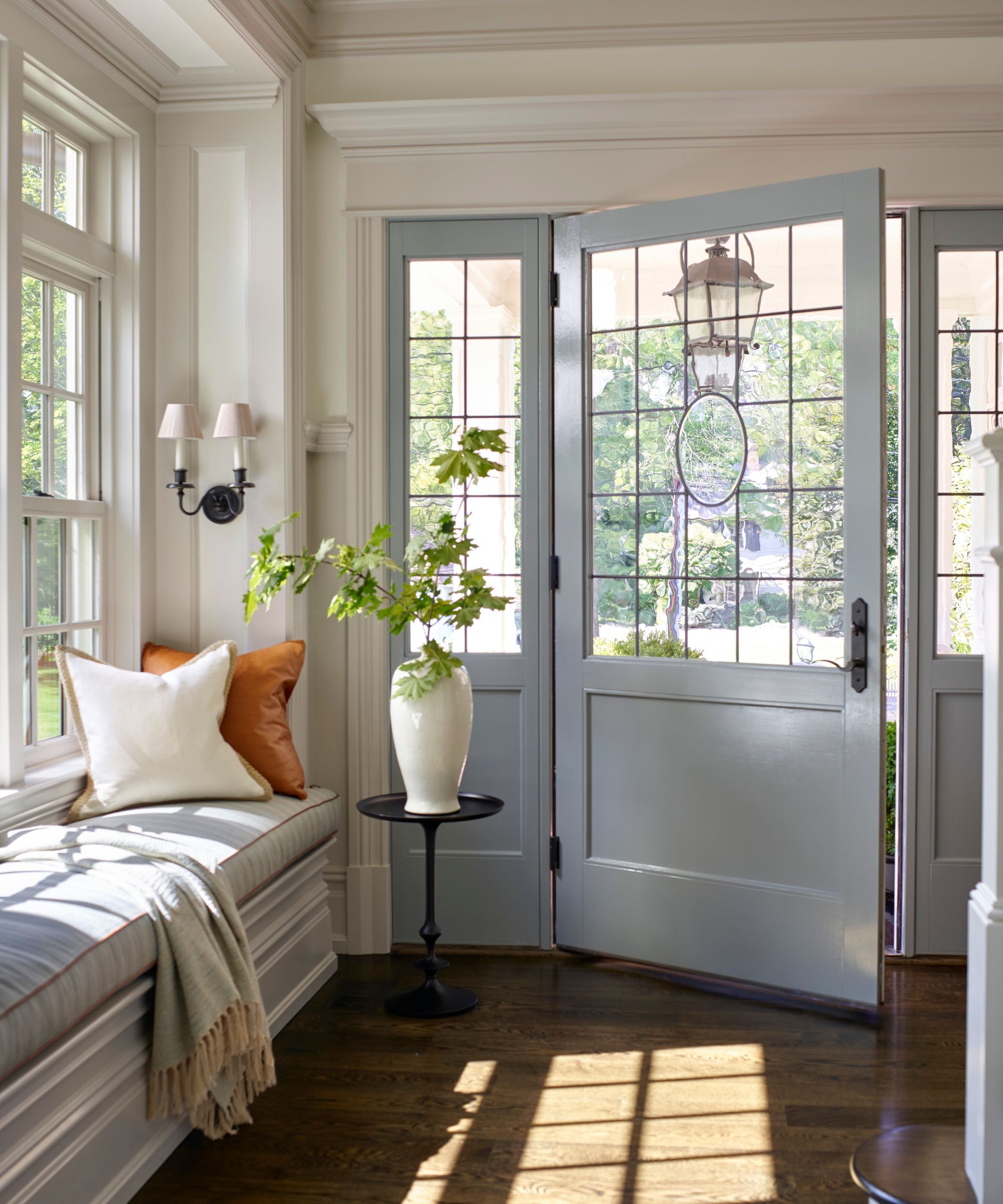
I now mentally pause before going 'window shopping' and ask if I could spend the time doing something else to prevent unnecessary purchases.
Forming better organizing habits is one of the best time-saving tips from professional home organizers – but breaking bad habits is just as important.
When it comes to shopping, Studies analyzed by Psychology Today point out that dopamine is released when the brain anticipates a reward, which is why so many of us fail no-buy periods by then splurging on lots of items at once. That can trigger a snowball effect, leading to clutter very quickly accumulating.
Emily McDermott explains, ‘Quick repeatability is easy in a world where we can get anything we want to be delivered quickly, sometimes within a few hours. As a result, we have to intentionally put boundaries around our shopping habits. A strict shopping ban on unessential items may be an option, using a wish list to build up those items rather than a cart to prevent spending and clutter.’
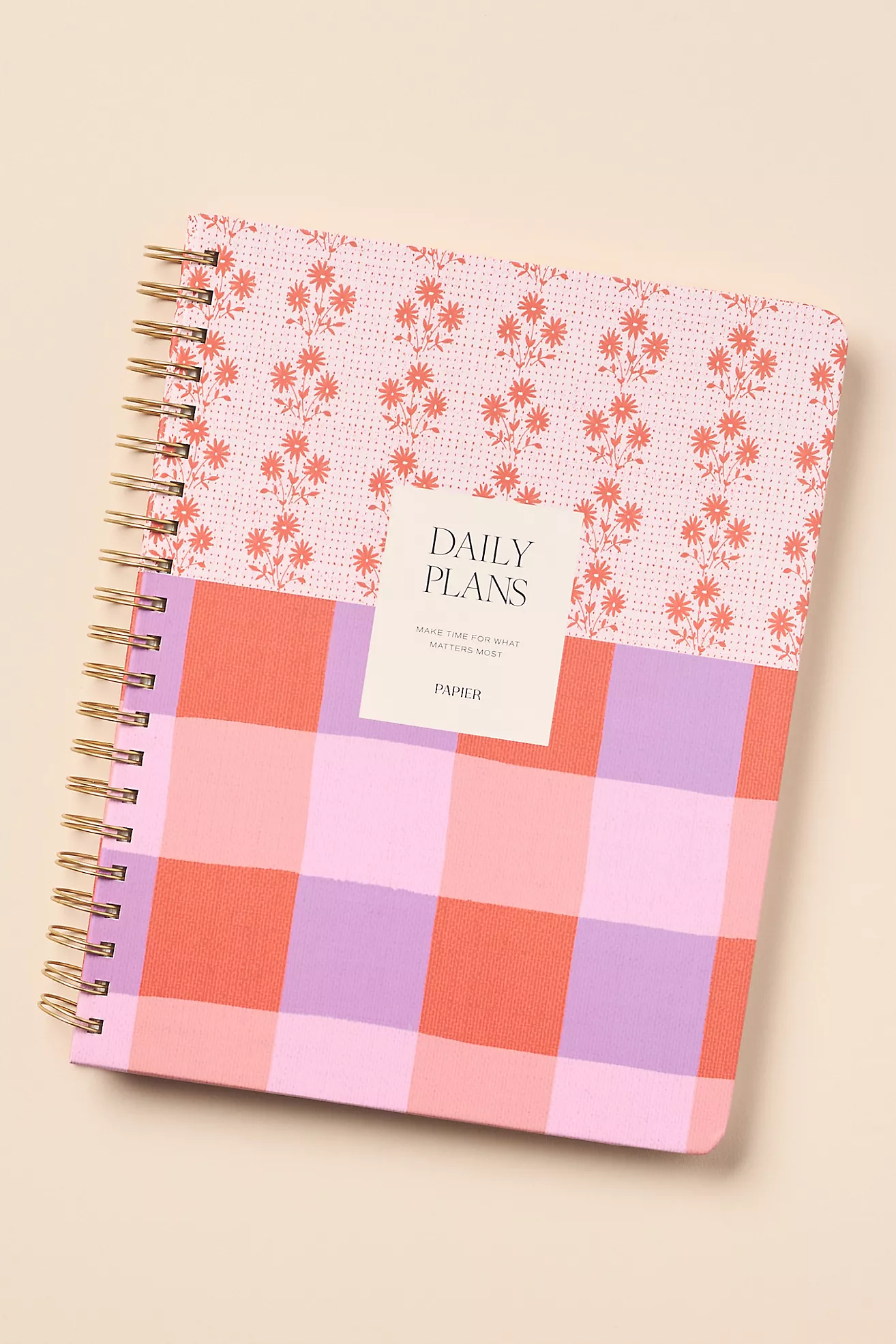
This journal comes with daily to-do lists, habit trackers, and goal-planning sheets to help you set targets and improve your habits. It also offers handy space to keep track of wishlists, reducing impulse shopping.
4. Does it fall into an important category?
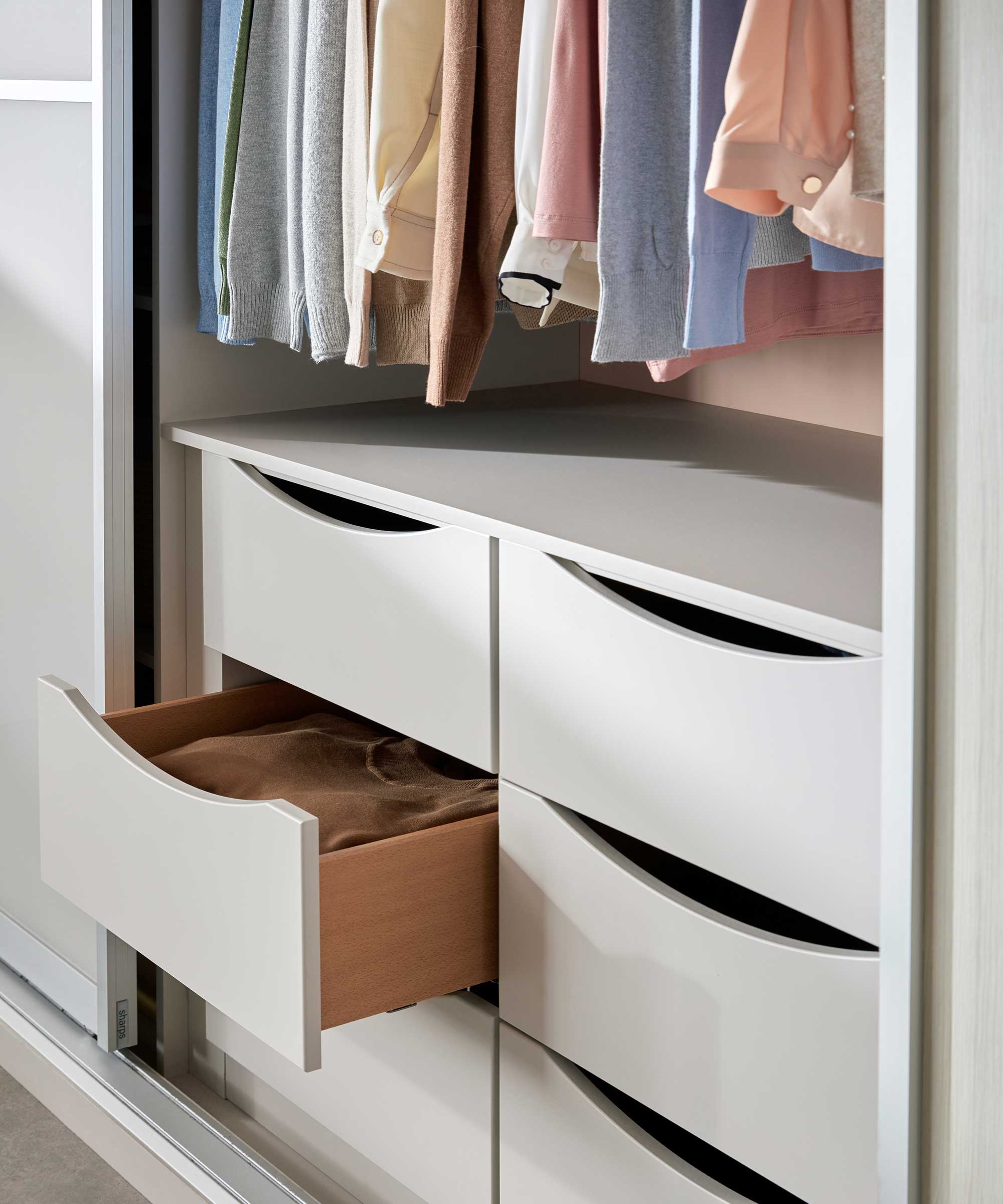
If you love to go out, clothes might be important to you. Otherwise, they can be bumped down your priority list.
Just because I am attempting to limit clutter does not mean that I forego fun purchases altogether. We only live once, after all, and there is nothing wrong with buying less ‘essential’ items if you use them and they make you happy.
However, to break the cycles of clutter, I have followed some advice from Liora Seltzer, a professional home organizer and owner of What U Keep. She explains, ‘Decide which categories of items make you really happy. If you just adore shoes, that's awesome! Splurge on those, but be more conscious and careful with other categories that are not as important to you because most likely, they will not bring you as much joy and will require more of your time to tidy.’
Establishing this hierarchy and designating some ‘unessential’ items such as quality gym wear or equipment and gaming accessories as important to me means I still get that dopamine hit, but fewer ‘unimportant’ items are forgotten about in the backs of cabinets and I do not spend anywhere near as much time ‘editing’ my home.
 Two sizes
Two sizes
When establishing 'important' categories, find homes for them in your house. Using organizing tools such as storage baskets sets clear boundaries so you do not end up buying so much you can't keep it neat.

Under-bed storage is a great option for storing important items that you need ready access too, but don't want to keep on display. They also provide clear boundaries, so one they are full, you know to stop spending or use the one in, one out decluttering method.
 66 quart
66 quart
Large clear plastic storage totes offer great air-tight storage for attic and basement spaces, perfect for off-season clothing, hobby and craft supplies, or home decor.
Meet the experts

Aprille is an experienced organizer specializing in decluttering and downsizing, helping clients cut back on non-essential clutter for a less stressful home.

Emily is a declutter coach based in Northern Virginia and hosts one of the top 1% globally ranked podcasts, Moms Overcoming Overwhelm. She is also a blogger at Simple by Emmy.

Previously a school teacher, Liora became a home organizer in 2020 with the goal of helping others find peace and joy at home in uncertain times.
She became a certified KonMari™ Consultant to better educate her clients on how to create systems that work for them and be proud of their results. Since then, Liora has also become a parent mentor, helping to coach parents of children with ADHD to find better routines and systems to make everyday life less stressful.
Breaking from old routines is far from an easy habit to keep your home clutter-free, but with time and effort, it starts to feel easier and can even help get rid of your clutter blindness as you are forced to make better use of the items you already own.
Sign up to the Homes & Gardens newsletter
Design expertise in your inbox – from inspiring decorating ideas and beautiful celebrity homes to practical gardening advice and shopping round-ups.

Chiana has been at Homes & Gardens for two years and is our resident 'queen' of non-toxic living. She spends most of her time producing content for the Solved section of the website, helping readers get the most out of their homes through clever decluttering, cleaning, and tidying tips. She was named one of Fixr's top home improvement journalists in 2024.
You must confirm your public display name before commenting
Please logout and then login again, you will then be prompted to enter your display name.
-
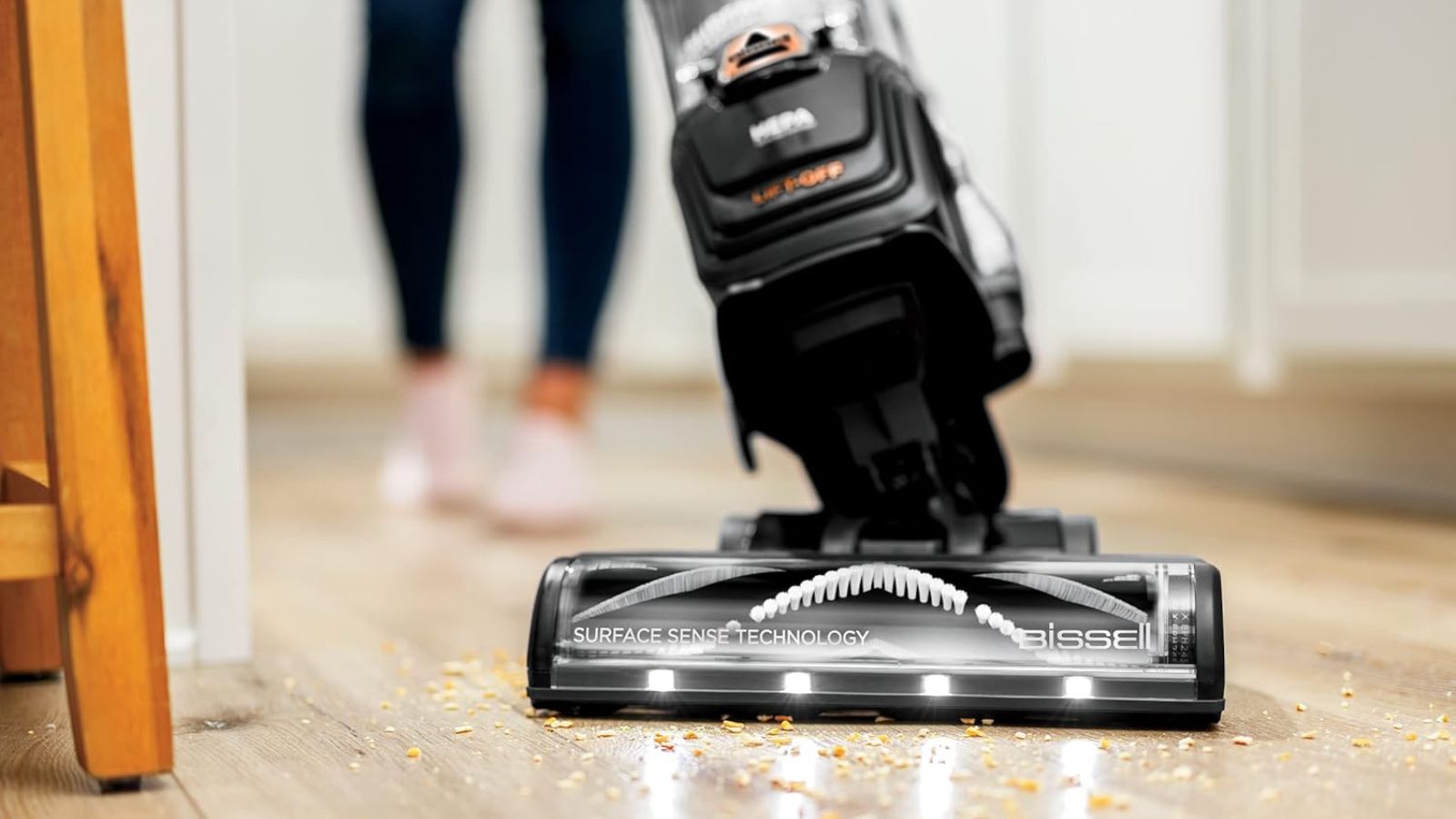 I tested the Bissell SurfaceSense Allergen Pet Lift-Off upright vacuum – and love how impressively it cleans every surface at this price
I tested the Bissell SurfaceSense Allergen Pet Lift-Off upright vacuum – and love how impressively it cleans every surface at this priceAfter two weeks of vacuuming and testing, I'm recommending this budget-friendly vacuum to everyone
By Camryn Rabideau
-
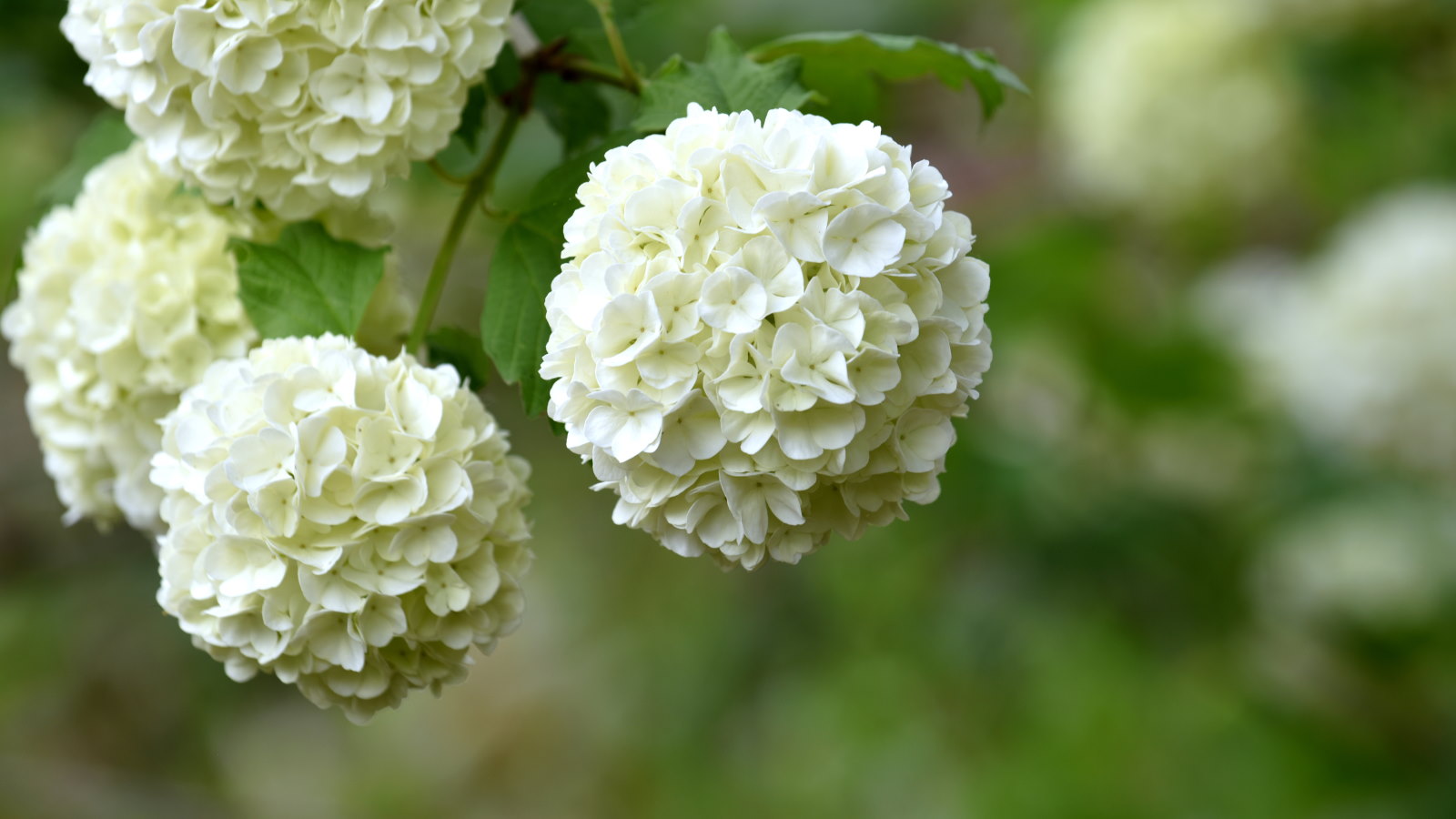 These 4 simple steps for pruning a snowball bush viburnum can give you the best blooms, plus we reveal the pitfall to avoid that will ruin any display
These 4 simple steps for pruning a snowball bush viburnum can give you the best blooms, plus we reveal the pitfall to avoid that will ruin any displayKnow how and when to prune a snowball bush with this expert pruning guide
By Drew Swainston
-
 Go guilt-free – I'm a professional home organizer and these are the 5 decluttering rules I urge you to break
Go guilt-free – I'm a professional home organizer and these are the 5 decluttering rules I urge you to breakDitch the rules for stress-free declutter
By Orna Fathers
-
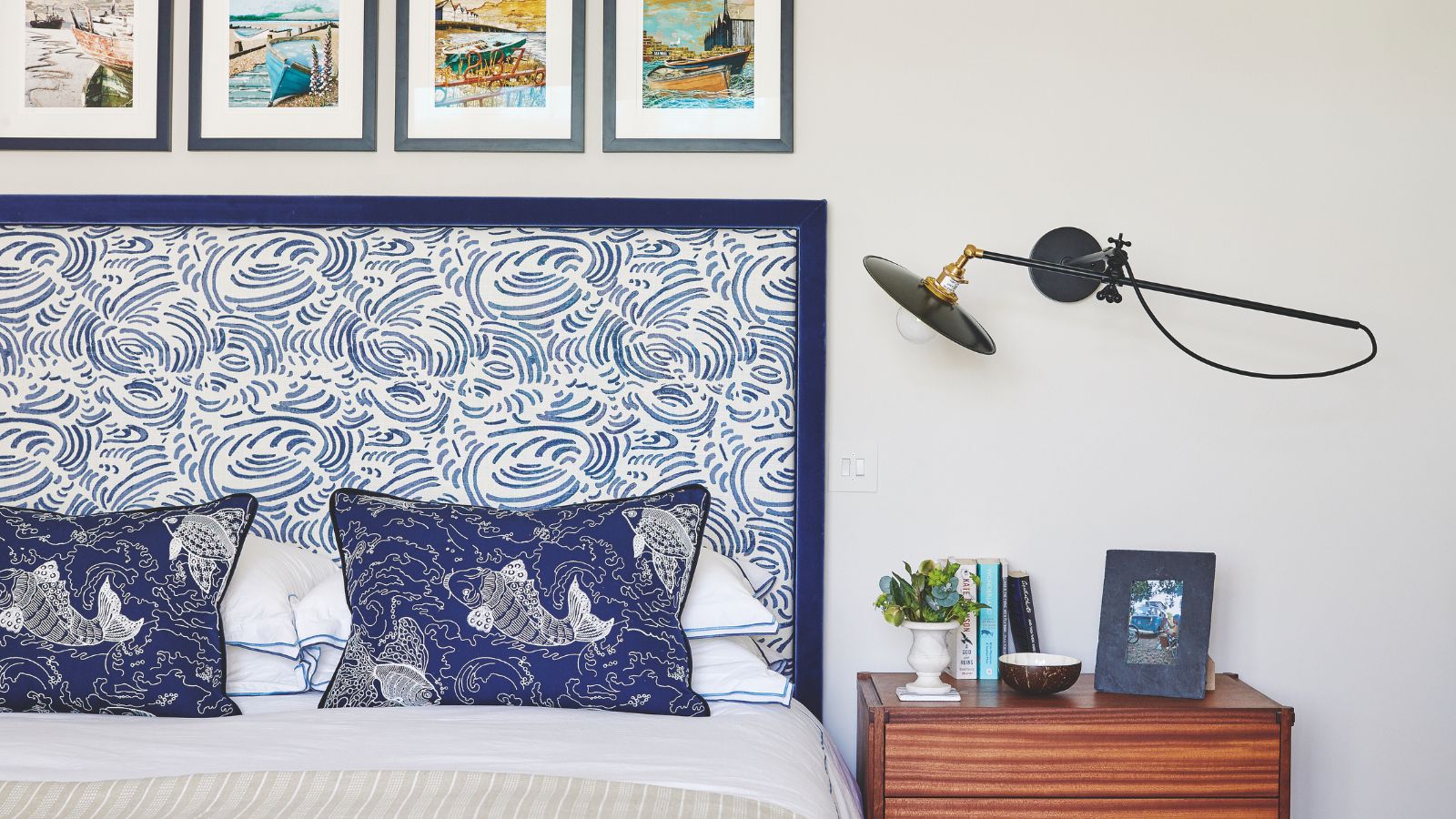 'Big results before you know it' – experts urge you to use the ‘Take Away 10’ method for simple decluttering with zero decision fatigue
'Big results before you know it' – experts urge you to use the ‘Take Away 10’ method for simple decluttering with zero decision fatigueIt can cut hundreds of items from your home in just a few weeks
By Ottilie Blackhall
-
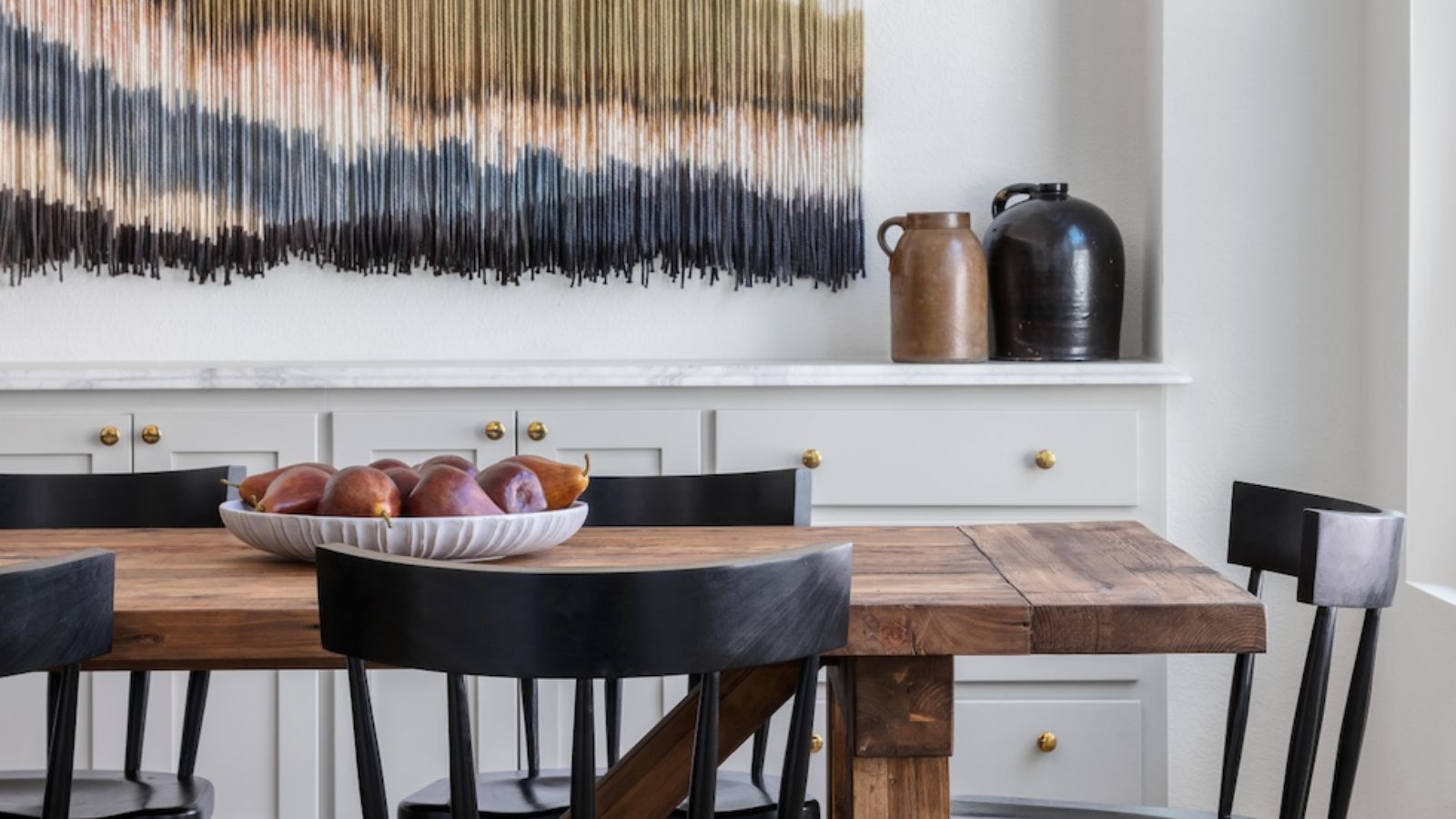 How the 'ODT' method can help you to tackle your overwhelming decluttering checklist – and streamline the process from start to finish
How the 'ODT' method can help you to tackle your overwhelming decluttering checklist – and streamline the process from start to finishAvoid 'analysis paralysis' and tick off tasks quickly and easily by making just one decision at a time
By Ottilie Blackhall
-
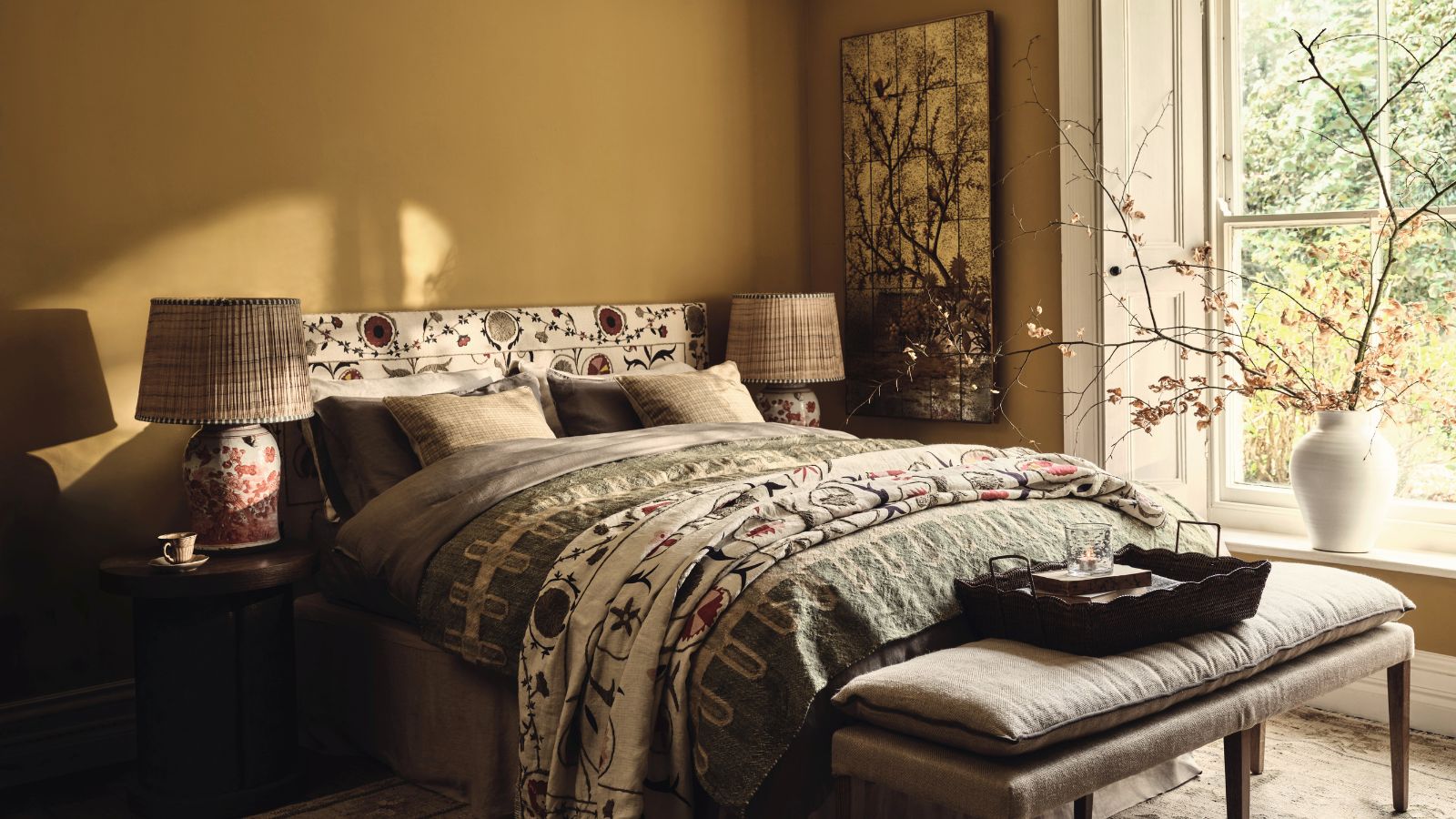 I gave the ‘try-for-five’ method a go in my small home – it's a brilliantly easy way to beat chore procrastination in seconds
I gave the ‘try-for-five’ method a go in my small home – it's a brilliantly easy way to beat chore procrastination in secondsThis method is great for those with executive dysfunction
By Chiana Dickson
-
 'It's a fast reset button' – using the 1, 2 ,3 ,4, 5 decluttering method cleared my persistent mess in seconds
'It's a fast reset button' – using the 1, 2 ,3 ,4, 5 decluttering method cleared my persistent mess in secondsIt's easy, effective and so quick to do
By Ottilie Blackhall
-
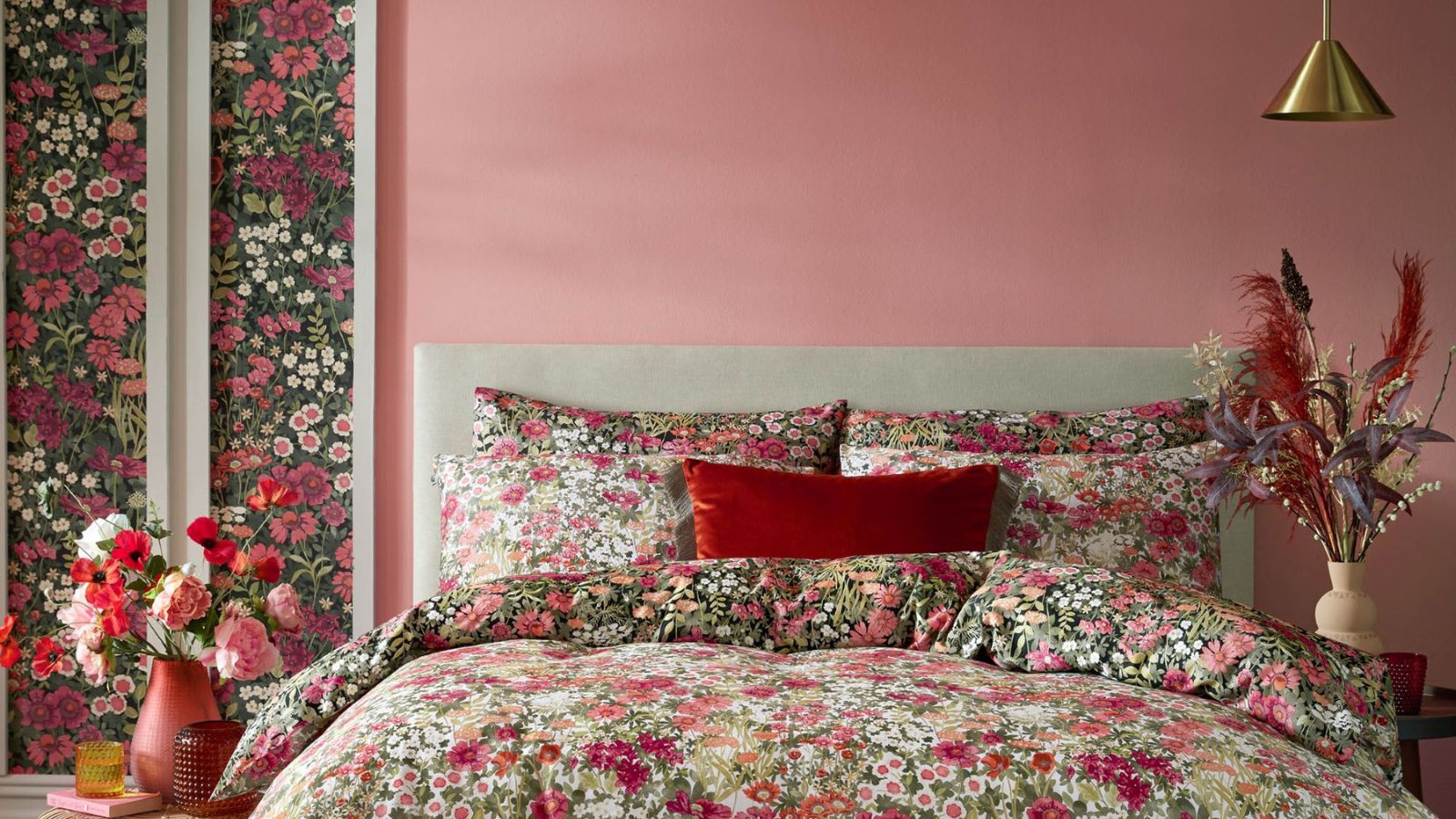 This simple closet swap doubled my cramped hanging space – professional organizers swear by it too
This simple closet swap doubled my cramped hanging space – professional organizers swear by it tooVelvet hangers have transformed my closet
By Eve Smallman
-
 I tried the 'GFD' basket tidying trick ahead of hosting – it was a last-minute clutter-busting savior
I tried the 'GFD' basket tidying trick ahead of hosting – it was a last-minute clutter-busting saviorThis quick clean-up fall-back saved my game night
By Chiana Dickson
-
 I tried the 'Reverse Decluttering' method – it made clearing clutter in my small home stress-free, speedy and guilt-free
I tried the 'Reverse Decluttering' method – it made clearing clutter in my small home stress-free, speedy and guilt-freeIt's a simpler way to cut clutter
By Chiana Dickson